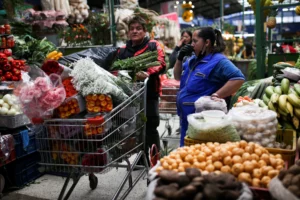The government and the private sector in Colombia are joining forces to drive significant reforms in the capital market.
These reforms aim to improve both liquidity and access, reflecting a shared commitment to evolving market dynamics.
César Ferrari, the country’s financial superintendent, stresses the importance of the capital market in fueling Colombia’s economic and social advancement.
In addition, he urges every market participant to play an active role in this process of enhancement.
Key players from the Central Bank, Ministry of Finance, Financial Superintendence, Colombia Stock Exchange, and banking and securities associations convened recently.

The focus was on refining a set of regulatory proposals soon to be released for public comment.
These proposals target key areas for improvement. Updates involve short selling rules, dynamic spot transactions, regular securities lending guidelines, and enhancing liquidity creation.
Ferrari encourages advisors in the private sector to guide their clients through the diverse opportunities available in the securities market.
This effort is aimed at increasing Colombian investment and savings rates.
Financial System Overview
At the end of December 2023, the financial system reported total assets of COP$2.915 trillion.
However, this represents a modest real growth of 0.5% and a more significant nominal growth of 9.8% over the previous year.
Total assets include COP$1.421 trillion (48.8%) owned by regulated entities and the rest in third-party assets, including custody.
Trust companies emerge as the dominant asset managers in the financial system, controlling COP 978.9 billion.
This accounts for 65.5% of third-party resources and 33.6% of the system’s total assets, with COP297.1 billion in securities custody.
In short, the ratio of total assets to GDP is now at 185.4%, indicating the financial sector’s significant scale relative to the national economy.

